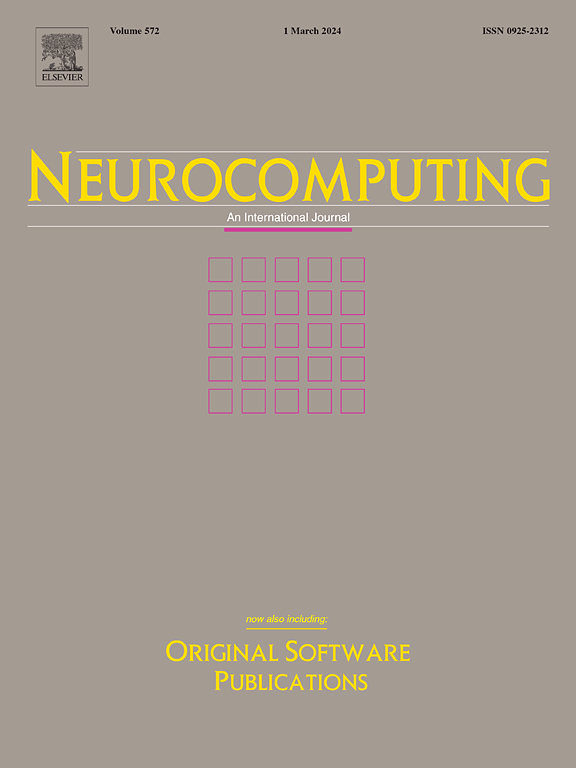GlobalLight: Exploring global influence in multi-agent deep reinforcement learning for large-scale traffic signal control
IF 5.5
2区 计算机科学
Q1 COMPUTER SCIENCE, ARTIFICIAL INTELLIGENCE
引用次数: 0
Abstract
By treating each intersection as an intelligent agent, multi-agent deep reinforcement learning (MADRL) offers a promising solution to adaptive traffic signal control (ATSC) in complex urban environments. However, existing approaches often emphasize the interactions between adjacent intersections while overlooking the global influence of distant relationships. This oversight limits their scalability to small-scale traffic networks, reducing their effectiveness in real-world urban transportation systems. In this paper, we propose GlobalLight, a novel MADRL-based traffic signal control method that addresses these challenges by exploring and exploiting global influence in traffic networks. We first propose a multidimensional feature extraction module via a multi-head graph attention network, which captures the mutual influence among locally adjacent intersections. Then we design a similarity mining module with two loss functions to analyze node embeddings in the representation space, uncovering latent relationships across distant intersections in the global traffic network. Finally, GlobalLight enables similar intersections to share policy parameters for decision-making within an effective MADRL framework. Our method simultaneously considers local dependencies between adjacent intersections and global traffic flow influence, enhancing scalability and decision efficiency for ATSC in city-level larger-scale traffic systems. Experimental evaluations on both synthetic and real-world traffic networks, encompassing up to 1000 of intersections, demonstrate that our method significantly outperforms SOTA approaches across multiple performance metrics, particularly in large-scale traffic scenarios.
求助全文
约1分钟内获得全文
求助全文
来源期刊

Neurocomputing
工程技术-计算机:人工智能
CiteScore
13.10
自引率
10.00%
发文量
1382
审稿时长
70 days
期刊介绍:
Neurocomputing publishes articles describing recent fundamental contributions in the field of neurocomputing. Neurocomputing theory, practice and applications are the essential topics being covered.
 求助内容:
求助内容: 应助结果提醒方式:
应助结果提醒方式:


